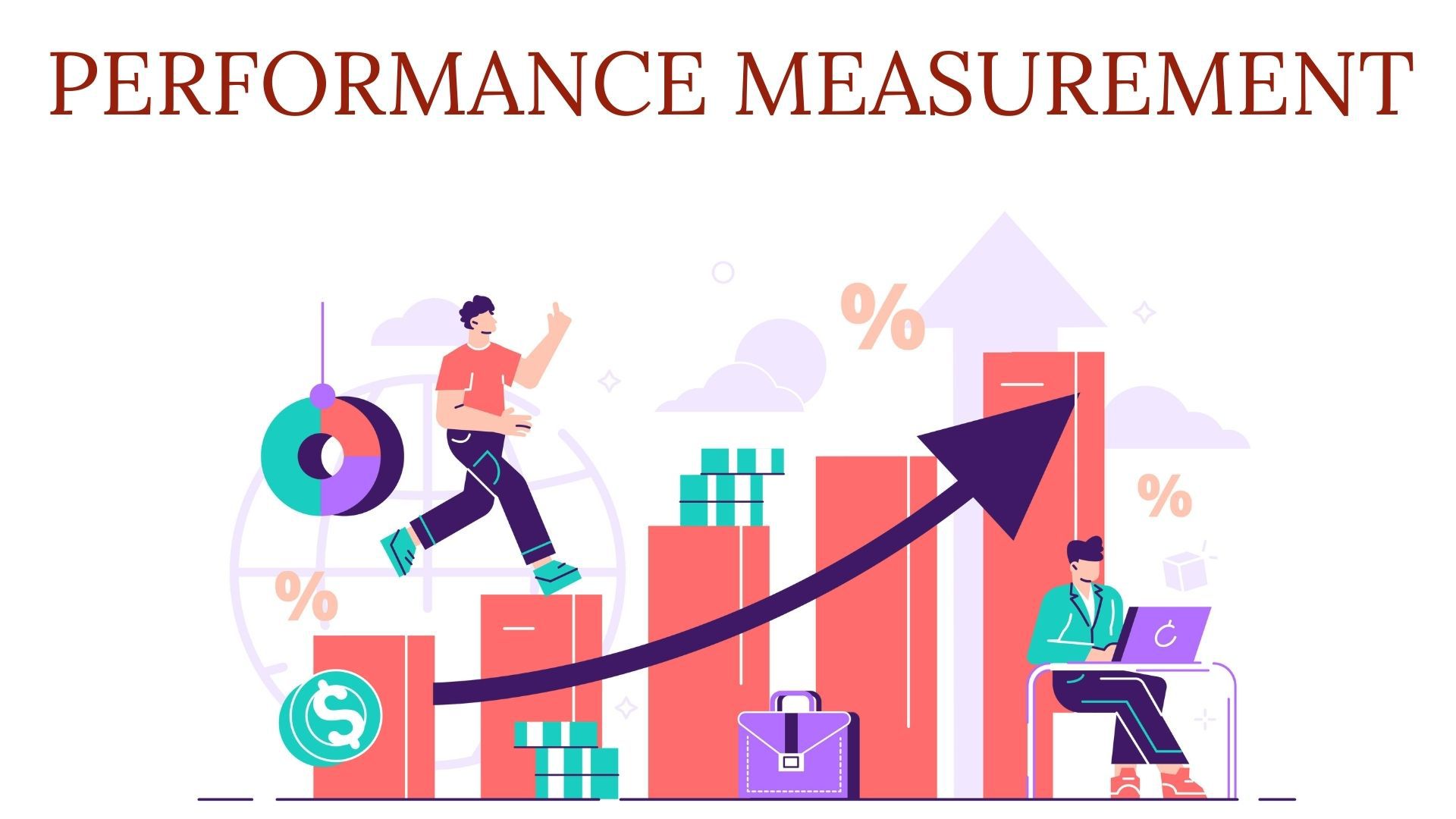
In the competitive field of spray foam insulation, effective advertising is crucial for standing out and attracting potential clients. At Spray Foam Genius Marketing, we understand that targeting the right audience can make or break your advertising campaigns. By leveraging Google’s advanced artificial intelligence (AI) tools, spray foam insulation contractors can enhance their ad targeting strategies, optimize ad spend, and ultimately achieve better results. This in-depth guide will explore how to harness Google’s AI for improved ad targeting, providing actionable insights tailored specifically for spray foam insulation businesses.
The Power of Google’s AI in Ad Targeting
Understanding Google’s AI Capabilities
Google’s AI technology offers powerful tools for improving ad targeting. From machine learning algorithms to sophisticated data analysis, these technologies help advertisers reach the right audience with precision.
Key AI Features:
- Machine Learning: Google’s algorithms learn from user behavior and preferences to deliver more relevant ads.
- Automated Bidding: AI adjusts bids in real-time to maximize ad performance.
- Audience Insights: AI analyzes user data to identify potential customers who are most likely to convert.
Why AI Matters for Spray Foam Insulation Contractors
For spray foam insulation contractors, AI-driven ad targeting means:
- Increased Efficiency: AI optimizes ad spend by targeting the most promising leads.
- Improved Conversion Rates: Ads are shown to users who are more likely to be interested in spray foam insulation services.
- Cost Savings: AI reduces wasteful spending by focusing on high-value prospects.
Key AI Tools for Ad Targeting
1. Google Ads Smart Bidding
Smart Bidding uses machine learning to automatically set bids for your Google Ads campaigns. It adjusts bids in real-time based on various factors, such as user location, device, and time of day.
- Benefits:
- Maximizes conversions within your budget.
- Adjusts bids based on predicted performance.
- Uses historical data to improve bidding accuracy.
2. Google’s Audience Targeting
Google’s Audience Targeting capabilities allow you to reach specific segments of users based on their interests, behaviors, and demographics. Key options include:
- In-Market Audiences: Target users actively searching for spray foam insulation services.
- Custom Audiences: Create tailored audience segments based on specific criteria relevant to your business.
- Similar Audiences: Reach new users who resemble your existing customers.
3. Google Ads Performance Max Campaigns
Performance Max campaigns use AI to deliver ads across all Google properties, including search, display, YouTube, and Gmail. This approach leverages AI to find the best opportunities for your ads.
- Benefits:
- Unified campaign management across multiple channels.
- AI-driven optimization for better performance.
- Real-time insights into campaign effectiveness.
4. Google’s Ad Variations and Optimization
AI tools in Google Ads help create and test multiple ad variations to determine which performs best. Google’s AI optimizes ad delivery based on performance metrics.
- Benefits:
- Continuous testing and optimization.
- Automated adjustments to improve ad effectiveness.
- Insights into the best-performing ad creatives and messaging.
Implementing AI-Driven Ad Targeting Strategies
1. Define Your Objectives
Before leveraging AI tools, clearly define your advertising objectives. Are you focusing on brand awareness, Lead generation, or increasing sales? Your objectives will guide how you use Google’s AI features.
2. Set Up Google Ads Smart Bidding
Steps to Implement:
- Access your Google Ads account.
- Navigate to the campaign settings and select “Smart Bidding.”
- Choose a bidding strategy that aligns with your goals, such as Target CPA (Cost Per Acquisition) or Maximize Conversions.
Best Practices:
- Monitor performance regularly to ensure AI is optimizing bids effectively.
- Adjust targets based on performance data and changing business goals.
3. Create and Optimize Audience Segments
Steps to Implement:
- Go to the Audience Manager in Google Ads.
- Create audience lists based on user behavior, interests, and demographics.
- Apply these lists to your campaigns to reach your ideal customers.
Best Practices:
- Continuously refine audience segments based on performance data.
- Test different audience combinations to find the most effective segments.
4. Launch Performance Max Campaigns
Steps to Implement:
- Set up a Performance Max campaign in Google Ads.
- Provide asset groups, including text, images, and videos.
- Define your conversion goals and budget.
Best Practices:
- Regularly review campaign performance reports.
- Use insights to adjust asset groups and targeting parameters.
5. Utilize Ad Variations and Optimization Tools
Steps to Implement:
- Create multiple ad variations with different headlines, descriptions, and calls to action.
- Use Google’s AI tools to test and optimize these variations.
Best Practices:
- Monitor performance metrics to identify top-performing ads.
- Continuously test new ad variations to improve engagement and conversion rates.
Measuring and Analyzing Performance

1. Track Key Metrics
To assess the effectiveness of your AI-driven ad campaigns, track the following metrics:
- Click-Through Rate (CTR): Measures how often users click on your ads after seeing them.
- Conversion Rate: Tracks the percentage of users who take a desired action, such as requesting a quote or scheduling a consultation.
- Cost Per Conversion: Calculates the cost associated with each conversion.
2. Analyze Campaign Data
Regularly review campaign data to identify trends and areas for improvement. Use Google Ads reporting tools to gain insights into:
- Audience Performance: Evaluate how different audience segments are performing.
- Ad Performance: Analyze which ad variations are generating the best results.
- Budget Utilization: Assess how effectively your budget is being used.
3. Adjust Strategies Based on Insights
Use the data gathered to make informed adjustments to your ad targeting strategies:
- Refine Audience Segments: Update audience lists based on performance data.
- Optimize Bids: Adjust bid strategies to maximize ROI.
- Enhance Ad Creatives: Revise ad creatives based on what resonates best with your audience.
Case Studies: Success Stories in AI-Driven Ad Targeting
Case Study 1: Boosting Leads with Smart Bidding
Challenge: A spray foam insulation contractor struggled with high customer acquisition costs and low lead generation.
Solution: We implemented Google’s Smart Bidding strategy, focusing on Target CPA to control costs and optimize bids.
Result: The contractor saw a 40% decrease in cost per lead and a 50% increase in lead volume within two months.
Case Study 2: Enhancing Reach with Performance Max
Challenge: The client needed to expand their reach across multiple Google platforms while maintaining a tight budget.
Solution: We launched a Performance Max campaign, utilizing Google’s AI to manage ad placements across search, display, and YouTube.
Result: The campaign delivered a 35% increase in qualified traffic and a 25% improvement in conversion rates.
Revolutionize Your Business Today
Leveraging Google’s AI for ad targeting provides spray foam insulation contractors with powerful tools to enhance campaign performance, optimize ad spend, and achieve better results. By utilizing features like Smart Bidding, Audience Targeting, Performance Max campaigns, and ad variations, you can refine your advertising strategies and drive more qualified leads to your business.
At Spray Foam Genius Marketing, we specialize in helping spray foam insulation contractors harness the power of digital marketing. If you’re ready to take your ad targeting to the next level with Google’s AI, contact us today. Call us at 877-840-FOAM for USA and 844-741-FOAM for Canada, visit our website at Spray Foam Genius Marketing, or email us at [email protected]. Let’s work together to optimize your advertising efforts and grow your business.
- How to Use Pinterest to Market Your Spray Foam Insulation Services - December 27, 2023
- How to Use LinkedIn to Grow Your Spray Foam Insulation Business - December 23, 2023
- How to Use Instagram to Showcase Your Spray Foam Insulation Projects - December 16, 2023

